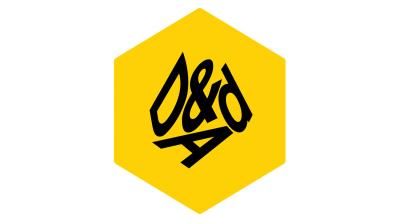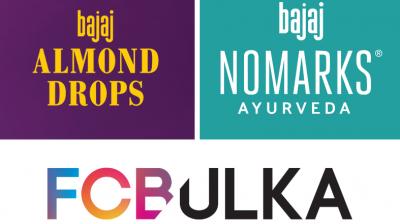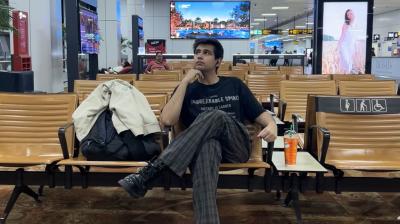In the ever-evolving landscape of marketing, creativity alone no longer guarantees success. The modern marketing agency is under increasing pressure to balance breakthrough ideas with accountability, speed with strategic rigour, and boldness with results. Clients today are not just seeking originality; they are seeking reliability, agility, and impact. In this context, building a creative culture that consistently delivers is less about isolated talent and more about systems, leadership, and mindset. Agencies that thrive are the ones that have cracked the code: they empower teams to take risks while making sure those risks are grounded in data, insights, and ownership.
Where trust meets bold ideas
Culture in a marketing agency is often defined by how teams work under pressure. It’s the invisible code that governs whether creatives feel safe proposing disruptive ideas, whether account managers push back with strategic integrity, and whether everyone involved takes pride not just in the concept, but in the outcome. In high-performing agencies, creativity and accountability don’t compete; they coexist. The belief that too much structure suffocates creativity is a dated myth. Research from organisations like Harvard Business School and McKinsey confirms that psychological safety and clear role expectations both fuel innovation. When individuals know the boundaries and expectations, they’re freer to explore within them. It’s not the absence of rules that breeds boldness; it’s the presence of trust and clarity.
Collaboration is the new creative muscle
One of the central features of high-functioning creative cultures is cross-functional collaboration. Ideas don’t live in silos anymore. A brand film is no longer just a production exercise; it ties into performance marketing, PR, social amplification, influencer alignment, and at times even commerce. Agencies must train their teams to think in systems. When strategy, creative, media, and analytics teams work in isolation, the brilliance of the idea often gets lost in execution. But when they collaborate from the get-go, the campaign is not only cohesive, it’s measurable and adaptable. Building this integrated thinking requires more than meetings. It needs a culture where departments respect each other’s craft, speak a common language, and have shared KPIs. The best agencies are breaking down the walls, both physical and metaphorical, between creative and performance teams.
Creative leaders need more than vision
Nurturing a bold and accountable team also means investing in leadership at every level. Creative directors, for instance, are no longer just the guardians of craft; they are coaches, mediators, and business translators. Account leads are not just client managers, they’re strategic interpreters who guide the client relationship from vision to delivery. These expanded roles require training, mentorship, and emotional intelligence. Agencies that create internal learning ecosystems, whether through peer reviews, cross-team shadowing, or formal upskilling, outperform those that rely solely on instinct or experience. Learning must be embedded into the DNA of the agency. The half-life of marketing knowledge is shrinking. What worked six months ago may be irrelevant today. Creative professionals need constant exposure to trends, tools, and thinking beyond their bubble, especially in a landscape influenced by AI, changing consumer behaviours, and shifting media ecosystems.
Feedback builds better campaigns
At the heart of delivering creativity with consistency is the ability to foster challenge, not dysfunction. The most valuable creative environments are those where ideas are questioned respectfully, where strategy enhances rather than restricts execution, and where feedback is seen as fuel. It’s this constructive exchange that elevates the work. Agencies that shy away from disagreement in the name of harmony often end up with safe, diluted output. The key lies in how feedback is structured. Processes like creative scrums, red-teaming ideas, or staging "pre-mortems" before a campaign launch are proven techniques that encourage deeper thinking while minimising post-launch regrets.
Creativity that delivers real results
Metrics also play a crucial role in making creativity accountable. But not all metrics are created equal. Chasing impressions or likes without tying them to business objectives leads to performative marketing. Agencies need to align creativity with outcomes, whether that’s brand lift, share of voice, engagement quality, or ROI. This demands deeper integration with client-side data and openness to performance transparency. Teams must be trained not just to ideate, but to interpret outcomes and evolve the creative based on what the data says. In today’s iterative landscape, a campaign doesn’t end with a release; it begins there.
Wellness isn’t a perk, it’s a power move
Lastly, perhaps the most under-discussed element of a resilient creative culture is well-being. Burnout remains a silent killer of creative output. Agencies that glorify hustle at the expense of mental and emotional wellness are undermining the very thing they’re selling, original thinking. Balancing deadlines with downtime, creating rhythms rather than chaos, and respecting boundaries doesn’t make an agency soft; it makes it sustainable. According to a 2023 report by Deloitte, agencies with well-being-focused cultures saw 2.4x higher employee retention and 1.7x higher client satisfaction scores. In a service business, that’s a competitive advantage.
In essence, building a culture that is both bold and accountable is not a contradiction; it’s the blueprint for agency growth. It requires intention, not improvisation. It demands leadership that listens, teams that collaborate, and a process that celebrates experimentation without losing sight of execution. The modern agency isn’t just a creative factory; it’s a learning organism, constantly adapting, constantly delivering. In that balance lies the future.
The author is the founder and director, The Marcom Avenue.












